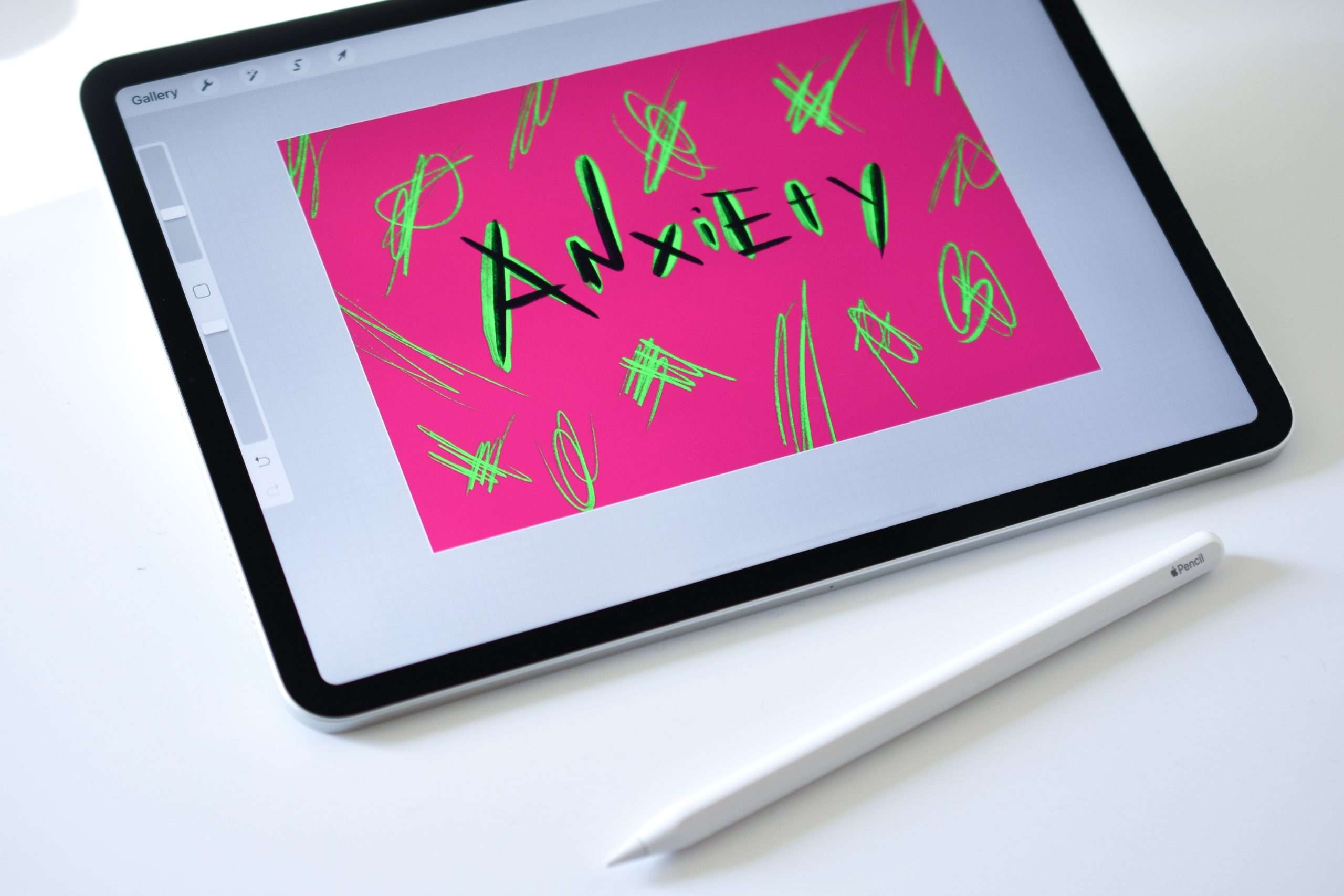 0
0

Understanding Anxiety: Symptoms, Types, and Cognitive-behavioural Therapy
Singapore
May 12 2023
Anxiety is a common experience for many Singaporeans. It’s a feeling of unease, worry, or fear ranging from mild to severe. While a certain level of anxiety is a normal part of life, excessive or persistent anxiety can be debilitating and interfere with daily activities. In this blog post, we’ll explore the symptoms and types of anxiety disorders and how our mental health professionals administer cognitive-behavioural therapy to assist in managing anxiety.
What are some of the symptoms of anxiety?
Anxiety can manifest in many different ways, both physical and psychological. Some common symptoms of anxiety our client’s face include:
- Feeling restless, agitated, or tense
- Having a sense of impending danger or doom
- Experiencing rapid heartbeat, sweating, or trembling
- Feeling weak or tired
- Having trouble concentrating or sleeping
- Experiencing stomach problems, such as nausea or diarrhoea
- Avoiding situations that trigger anxiety
It’s important to note that anxiety symptoms can vary depending on the type of anxiety disorder.
What are the common types of Anxiety Disorders?
There are several types of anxiety disorders, each with their own specific characteristics. Here are some of the common types of anxiety disorders we have seen at our centre:
- Generalised Anxiety Disorder (GAD) – This type of anxiety disorder is characterised by excessive and persistent worry about everyday things, such as work, health, or finances.
- Panic Disorder – Panic disorder is characterised by sudden and unexpected panic attacks, which are intense episodes of fear or discomfort that can last for several minutes.
- Social Anxiety Disorder – This type of anxiety disorder involves a persistent fear of social or performance situations, where the person is afraid of being judged or scrutinised by others.
- Specific Phobias – Specific phobias are irrational and intense fears of particular objects, situations, or activities, such as heights, flying, or lizards.
Fret not if you have difficulty classifying which anxiety you could be facing, you can always speak to our mental health professionals to find out more.
How Cognitive-Behavioural Therapy (CBT) can manage anxiety?
Cognitive-behavioural therapy (CBT) is a form of psychological therapy (psychotherapy) that can help manage anxiety. CBT is based on the idea that our thoughts, feelings, and behaviours are interconnected and that changing one of these components can lead to positive changes in the others. In the case of anxiety, CBT focuses on identifying and changing negative thought patterns and behaviours that contribute to anxiety.
Here are some techniques in CBT commonly administered by our mental health professionals to clients seeking anxiety management:
- Cognitive Restructuring – This technique involves identifying and challenging negative thoughts with evidence or with a more balanced thought.
- Exposure Therapy – Exposure therapy is a form of behavioural therapy (BT) in CBT which involves gradually exposing the person to the situation or object that triggers anxiety in a controlled and safe environment until the anxiety response decreases.
- Relaxation Techniques – Various relaxation techniques, such as deep breathing or progressive muscle relaxation, can be used to reduce anxiety symptoms.
- Behavioural Activation – This technique involves increasing the person’s engagement in positive activities, which can improve mood and decrease anxiety.
In short
Anxiety can be a challenging experience, but it’s essential to know that there are many effective ways to manage it. By having an understanding of the symptoms, types of anxiety disorders and utilising cognitive-behavioural therapy, we can reduce the adverse impact of anxiety on our daily lives. In the next blog post, we’ll explore more about Generalized Anxiety Disorder (GAD) and how CBT can assist in managing it.
Learn more about anxiety and anxiety-related disorders on our Instagram!
Please Message us or Contact Us to discuss more in detail.
Related articles
Voices of Anxiety: Exploring the Top 3 Phrases We Encounter in Anxious Individuals
5 Surprising Triggers of Anxiety: How to Identify and Manage Them
If you like what you read, follow us on Facebook, Instagram or LinkedIn to get the latest updates.
Have a question? Reach out to us through our contact form or WhatsApp.
Want to speak to our clinicians? Book your appointment here!

Join Our Newsletter
Subscribe to our newsletter and receive daily updates & promotions!






